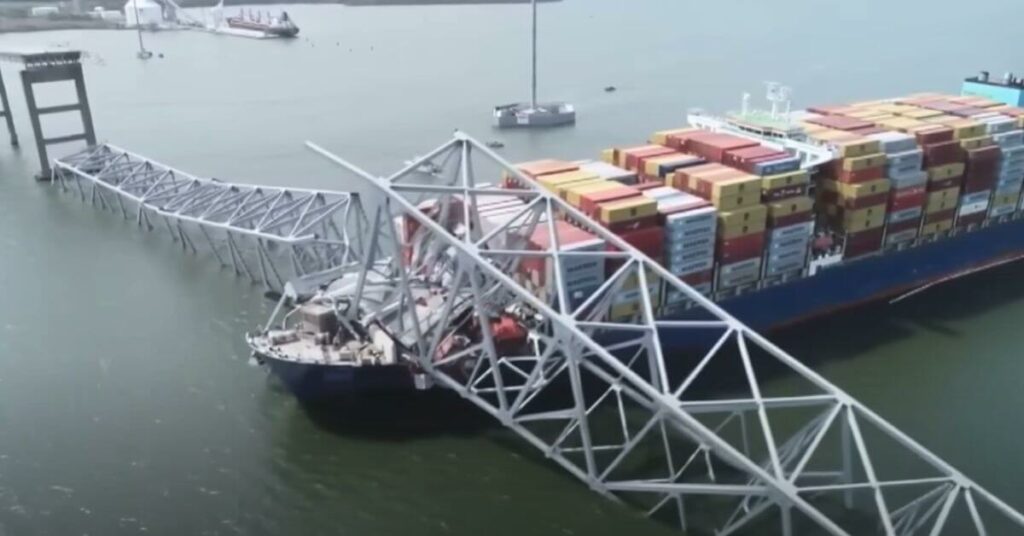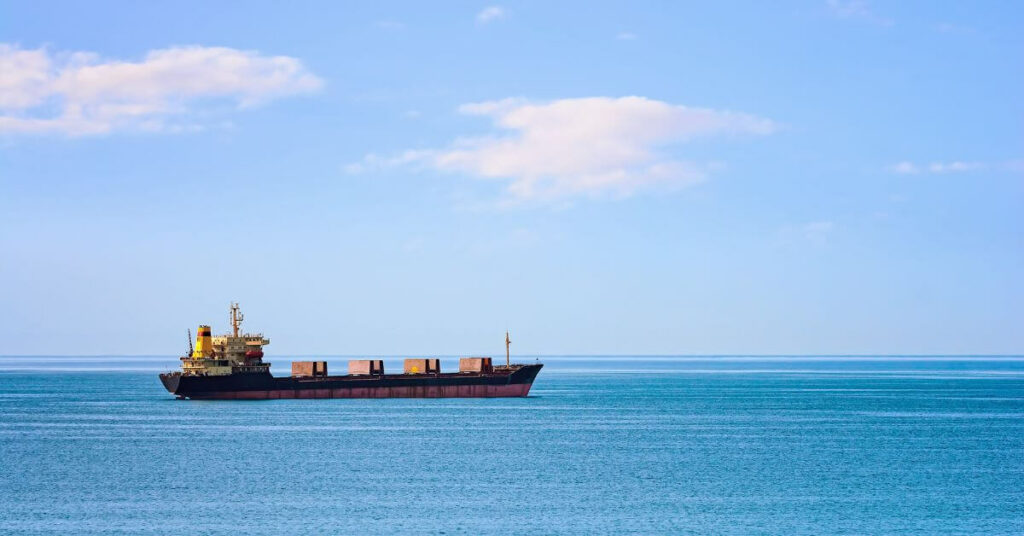US Navy To Construct Underwater Test Facility For Hypersonic Missiles To Counter China

The US Navy has been gearing up to construct an underwater test facility explicitly designed for hypersonic missiles. According to reports, Vice Admiral Johnny Wolfe, the director of the US Navy’s systems programs, disclosed the plans during a recent testimony before Congress.
Hypersonic missiles, known heralded for unmatched speed and precision, represent a fresh frontier in modern warfare. With speeds over five times that of sound, the missiles are engineered to strike targets rapidly thousands of kilometres away, offering a distinct benefit in offensive operations.
Hypersonic missile deployment is significant amid escalating tensions on the global stage. With adversaries such as China boosting air defences, the capability to launch missiles from subs offers a highly promising avenue for penetrating extremely fortified airspace and neutralizing critical assets.
During a recent House Strategic Forces Subcommittee hearing on March 12, Wolfe detailed that the hypersonic missiles would first be deployed with the Army as the Long-Range Hypersonic Weapon before transitioning to the Navy for any sea-based operations.
Initially, the capabilities will find a home in the destroyers that belong to the Zumwalt class in the mid-2020s, making the way onto Block V Virginia-class subs by the early 2030s. However, the transition to underwater launches presents a unique challenge.
Unlike ground-launched missiles that use hot launches where the missile ignites inside the launcher, underwater launches require a “cold launch” mechanism. This also involves ejecting missiles from the launch tube via high-pressure gas, with the booster igniting once the missile breaches the water’s surface.
Given the complexities involved, rigorous testing is essential for ensuring the reliability and efficacy of these next-gen weapons systems. The development of an underwater test facility underscores the Navy’s efforts to vet the performances of hypersonic missiles in any real-world scenario.
The United States is competing with Russia and China to develop hypersonic weapons, which boast speeds five times faster than sound. Their nimbleness complicates interception. Over recent years, Moscow and Beijing have made significant advances in the domain, while the US still encounters challenges in developing hypersonic weapons.
However, while Beijing is strongly believed to possess ground- or aerial-launched hypersonic missiles, it currently doesn’t have a submarine-launched version of hypersonic weaponry, primarily owing to its restricted submarine capabilities. In contrast, Russia is in the procedure of outfitting the new nuclear subs with hypersonic Zircon missiles, indicating significant strides in the zone.
A submarine-launched hypersonic missile travelling at over five times the speed of sound would present an unprecedented threat to adversaries. The combination of its virtually undetectable launch point and high speed would make tracking it incredibly challenging.
Developing submarine-launched hypersonic missiles is imperative for the US to counter Beijing’s bolstered defences. While surface vessels like the Zumwalt destroyers may struggle to approach enemy shores undetected, the stealthy submarines offer a solution to this challenge.
These weapons extend a distinct benefit over traditional cruise missiles in terms of effectiveness and efficiency. Hypersonic missiles need relatively fewer numbers than their slower counterparts to secure similar strategic outcomes.
Defence specialist Kris Osborn pointed out that tactically saying an ability to fire hypersonics from underneath the sea can introduce a new type of surprise attack ability for subs. While the Tomahawk Block IV missiles operate on a two-way data link, an ability to loiter above the targets, and an intelligence, surveillance, and reconnaissance (abbreviated as the ISR) capability to send back target information, they are nowhere close to being as quick as a hypersonic projectile.
Tomahawks were engineered to fly parallel to the surface/ground to evade Soviet air defences many years ago, yet their speeds of 500 mph are easier for enemies to track than a hypersonic projectile that would travel over five times the speed of sound, he explained.
Given increasing Chinese assertiveness in the South China Sea, the timely development and deployment of hypersonic missiles are becoming increasingly crucial.
According to US intelligence, China has also surpassed Russia in support infrastructure and inventory of hypersonic weaponry. Besides, Chinese missile assignments rival those of top-notch international producers, with a hypersonic arsenal outpacing Russian advancements in the field.
Reference: Eurasiantimes
Disclaimer :
The information contained in this website is for general information purposes only. While we endeavour to keep the information up to date and correct, we make no representations or warranties of any kind, express or implied, about the completeness, accuracy, reliability, suitability or availability with respect to the website or the information, products, services, or related graphics contained on the website for any purpose. Any reliance you place on such information is therefore strictly at your own risk.
In no event will we be liable for any loss or damage including without limitation, indirect or consequential loss or damage, or any loss or damage whatsoever arising from loss of data or profits arising out of, or in connection with, the use of this website.
Disclaimer :
The information contained in this website is for general information purposes only. While we endeavour to keep the information up to date and correct, we make no representations or warranties of any kind, express or implied, about the completeness, accuracy, reliability, suitability or availability with respect to the website or the information, products, services, or related graphics contained on the website for any purpose. Any reliance you place on such information is therefore strictly at your own risk.
In no event will we be liable for any loss or damage including without limitation, indirect or consequential loss or damage, or any loss or damage whatsoever arising from loss of data or profits arising out of, or in connection with, the use of this website.
Do you have info to share with us ? Suggest a correction
About Author
Marine Insight News Network is a premier source for up-to-date, comprehensive, and insightful coverage of the maritime industry. Dedicated to offering the latest news, trends, and analyses in shipping, marine technology, regulations, and global maritime affairs, Marine Insight News Network prides itself on delivering accurate, engaging, and relevant information.

About Author
Marine Insight News Network is a premier source for up-to-date, comprehensive, and insightful coverage of the maritime industry. Dedicated to offering the latest news, trends, and analyses in shipping, marine technology, regulations, and global maritime affairs, Marine Insight News Network prides itself on delivering accurate, engaging, and relevant information.
Latest Shipping News Articles You Would Like:
Subscribe To Our Newsletters
By subscribing, you agree to our Privacy Policy and may receive occasional deal communications; you can unsubscribe anytime.









